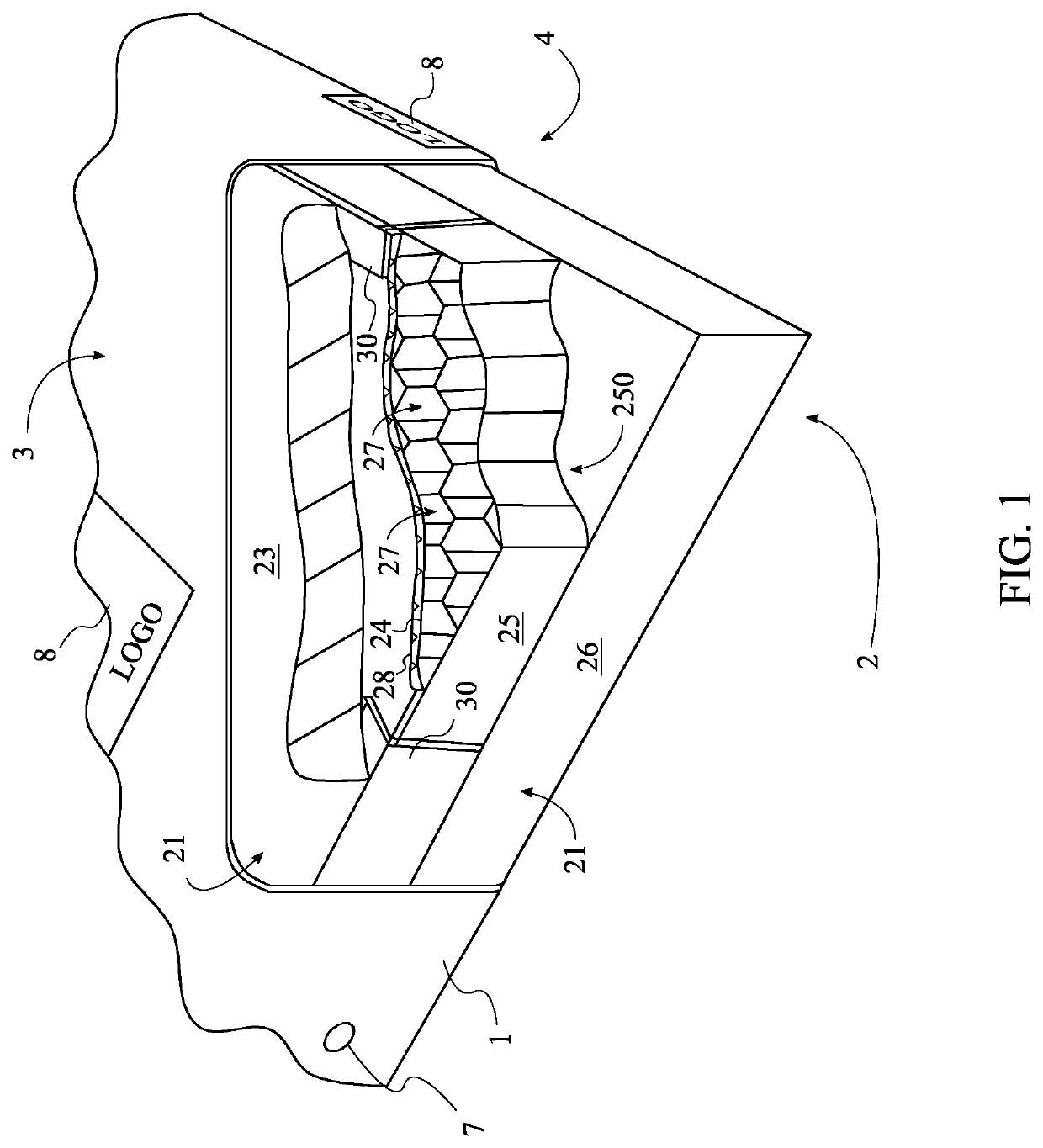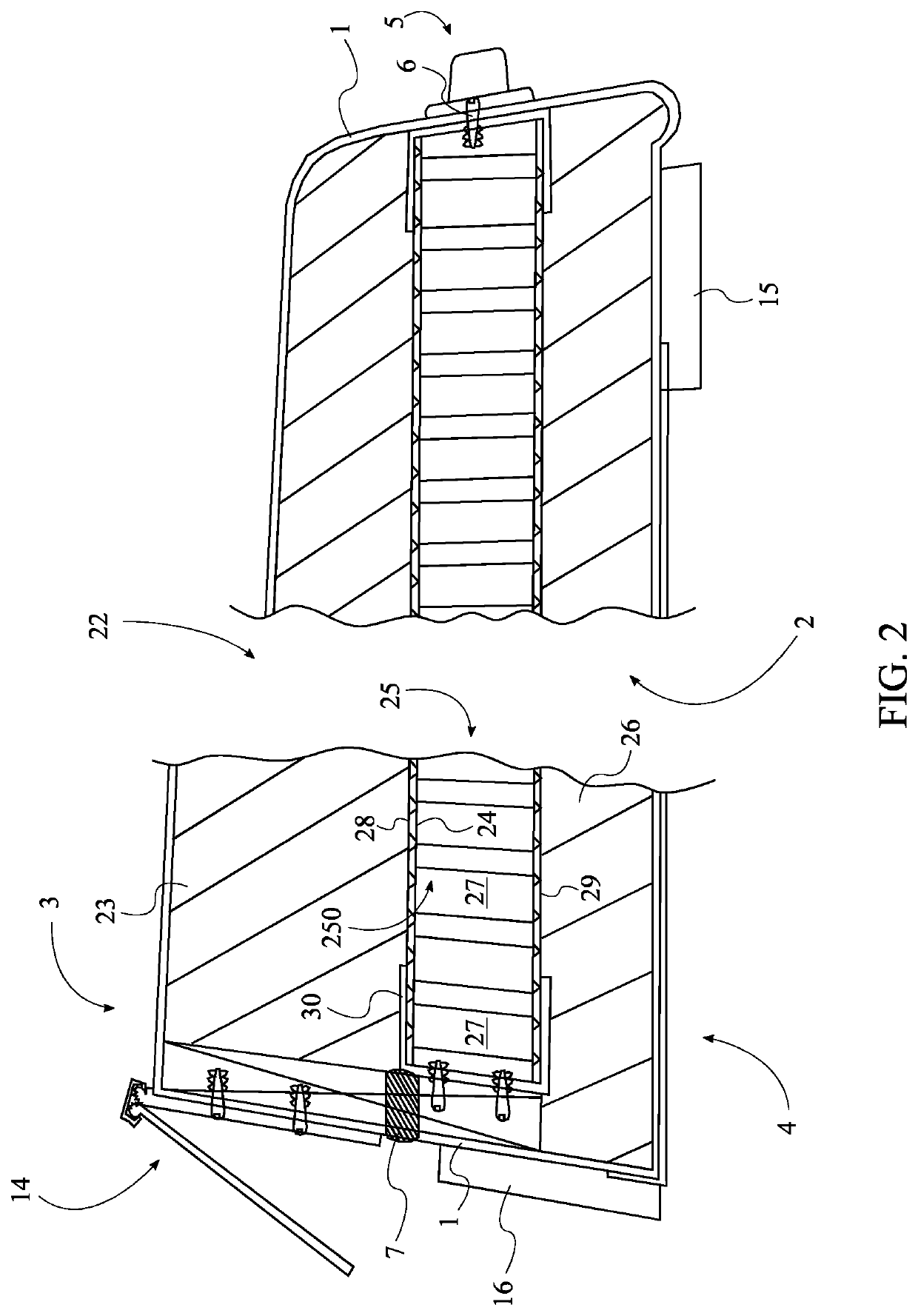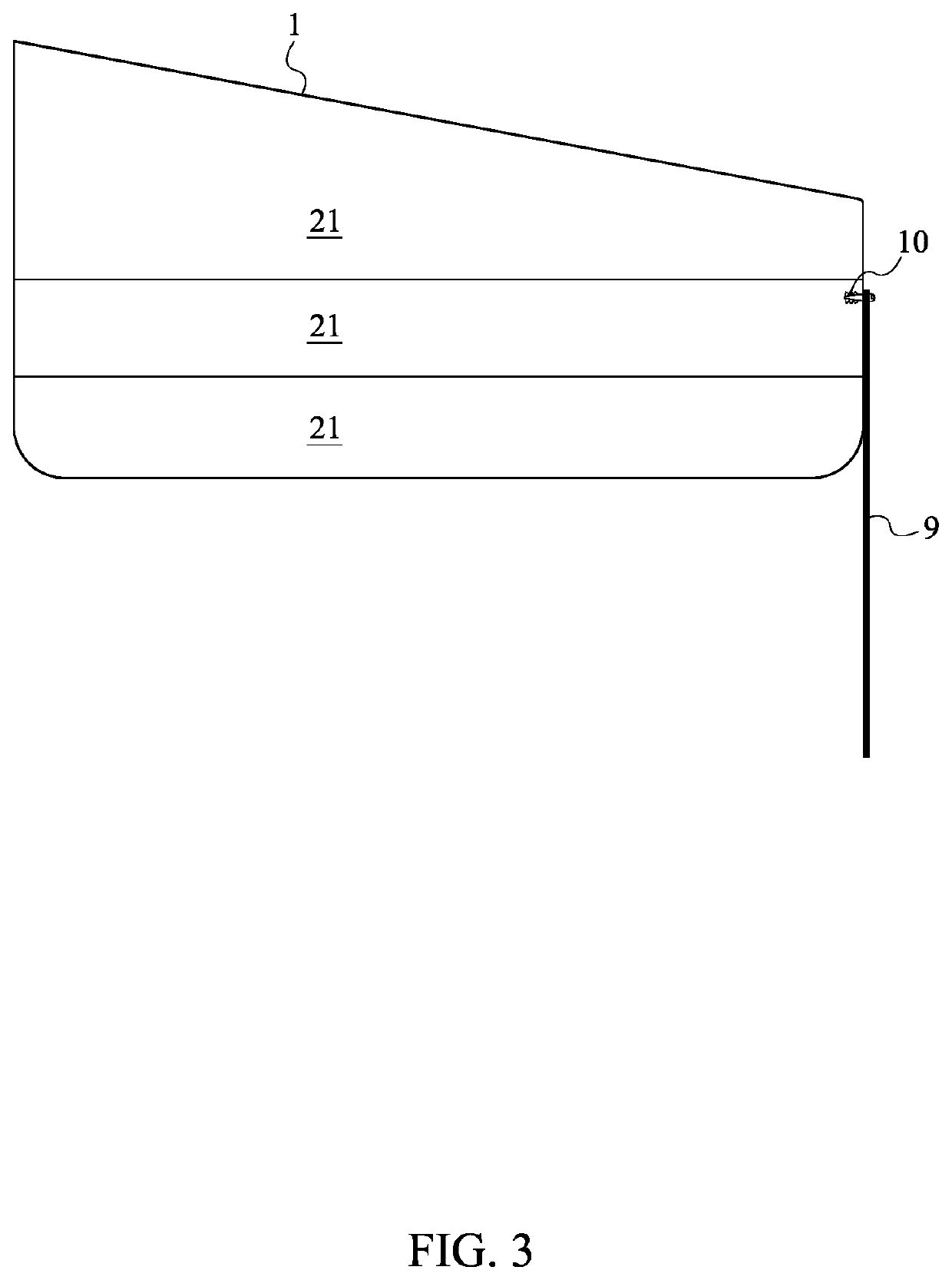In addition to the
filter system, various chemicals are used to help insure that the water remains sanitary because the higher temperatures of the water can promote
bacteria and
algae growth plus increase the chances of damages to the plumbing
system including the pump, heater and filter.
In addition to the demanding environment that the spa or hot tub is exposed to simply to maintain and contain the warm chemically
treated water as noted in the preceding
paragraph, when a spa or hot tub is installed outdoors, it is also exposed to harmful UV
radiation,
high heat from the sun, extreme below freezing cold in the winter, wind, rain,
fog, dust and debris, leaves and falling branches, insects, rodents and other animals that may include bears, dogs, cats, racoons and more, which have been known to frequently damage hot tubs and spas and their supporting equipment.
Although the use of harsh chemicals such a
chlorine,
bromine, acids and alkaline can help to keep the water clean and sanitary, these same chemicals are also toxic to humans and animals and they have many bad side-effects such as bleaching the colors out many surfaces of the spa, hot tub and surrounding surfaces as well as the
bathing suits worn by occupants and their towels and they can be harsh to
sensitive skin on the bathers too.
The
odor from these chemicals can also be irritating to the sinuses of the occupants.
Ozone is a very unstable gas and is among the most powerful oxidizing agents known.
Because
ozone has a very short effective
shelf life,
ozone generators in a spa or hot tub must continually produce
ozone to replace the ozone lost.
However, a spa or hot tub cover is subject to harsher conditions than the spa or hot tub itself because the cover is fully exposed to nature's elements while protecting the spa or hot tub from these elements.
The cover is fully exposed to human and animal damages and misuse.
The decorative, often times even marine grade, vinyl cover of the prior art available today is not waterproof or vapor-proof.
Moisture absorption into the insulative core is the number one leading cause of spa and hot tub cover failure of this prior art.
Keeping water out of the core is also important for ease of use of the cover because if water gets into the EPS core the effects are very detrimental.
A water soaked EPS core greatly reduces the insulative value of the cover which increases the amount of energy needed to keep the water warm and the cost to the owner.
A water soaked EPS core creates a breeding ground for mold and
bacteria to grow and thrive within the cover creating major health concerns and
odor problems for hot tub and spa owners.
A water soaked EPS core can greatly increase the weight of the cover making it very difficult for the spa and hot tub owner to open and close the cover.
A water soaked EPS core increases the chances of the EPS core breaking due to the added weight and weaknesses.
Water absorbing into the EPS core causes the
metal reinforcement framing to
rust, weaken and break.
Additionally, prior art spa and hot tub covers have a limited ability to support extra weight such as a person walking or standing in the center of a closed cover or the added weight of
snow.
Additionally, prior art spa and hot tub covers using the vinyl wrapped foam core fabrication do not offer any form of gasketing to mitigate heat loss, minimize chemical use, and to keep bugs and
dirt out of the water.
This
system allows steam and vapor to escape, it allows heat to escape, it allows the wind to blow under the cover blowing in
dirt, dust and debris, it allows bugs to crawl in and increases the use of energy to heat the water, energy to keep the water clean, increases the use of chemicals and increases the costs to maintain the spa or hot tub.
The soft vinyl shell and protective
vapor barrier(s) of poly sheeting are soft and vulnerable to puncture,
tears, damages and subsequent leaks allowing water to soak into the insulative core and ruin the cover.
In addition to the protective vinyl and poly sheeting covers of prior art being soft and vulnerable to damages, the harsh environmental exposures of a spa or hot tub decreases the effective life of this type of cover as well.
Ozone,
chlorine,
bromine, acid and alkaline used to treat the water drastically shortens the effective life of the vinyl and poly shells.
Neither the marine grade vinyl nor the
polyethylene vapor barrier used to protect the EPS core is rated for continued
exposure to the chemicals used to maintain a hot tub or spa and this results in these materials
cracking, splitting, seams tearing easily, degrading to the point of failure which allows the water to enter the insulative core and the eventual failure of the cover.
Additionally, the hinges used in prior art are made of the same vinyl as the cover so consequently, when the vinyl degrades, so does the strength and integrity of the hinge leading to the hinge tearing, seams pulling apart and ripping creating more problems as well as another means for water to soak into the EPS core.
While these latest prior art embodiments do offer significant improvements over the vinyl and poly sheeting covered foam core, each still has its short comings.
The latest prior art limits the insulative values available because they are limited in how thick they can make them so the energy costs to operate the spa or hot tub increase due to increased heat loss caused by the thinner cover.
These prior art embodiments are also limited to the size, shapes and models of spas and hot tubs that they can fit properly, and their construction materials are heavier creating the need for specially designed lifts, hinges and openers for spa and hot tub owners to easily and comfortably open and close the covers.
 Login to View More
Login to View More 


